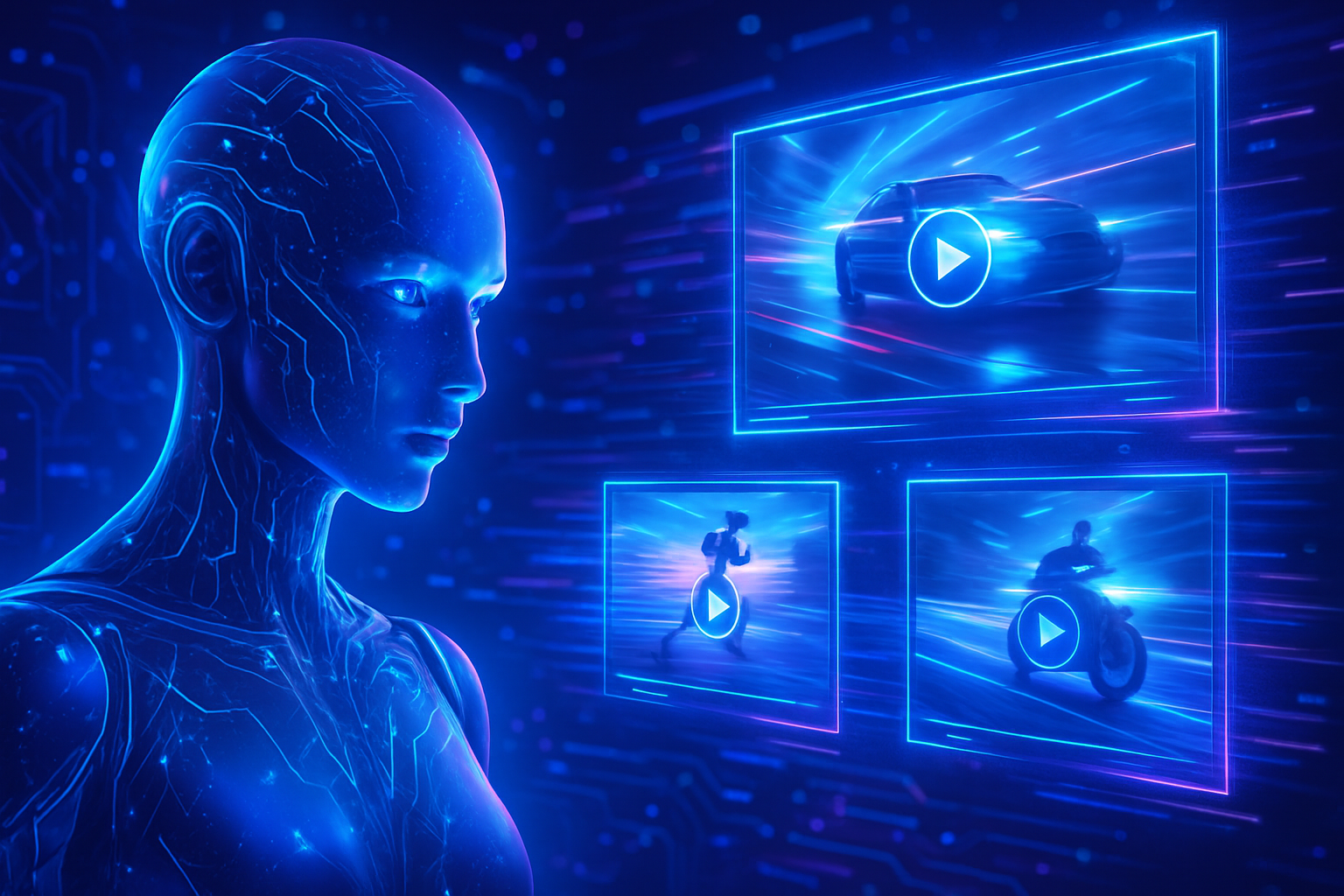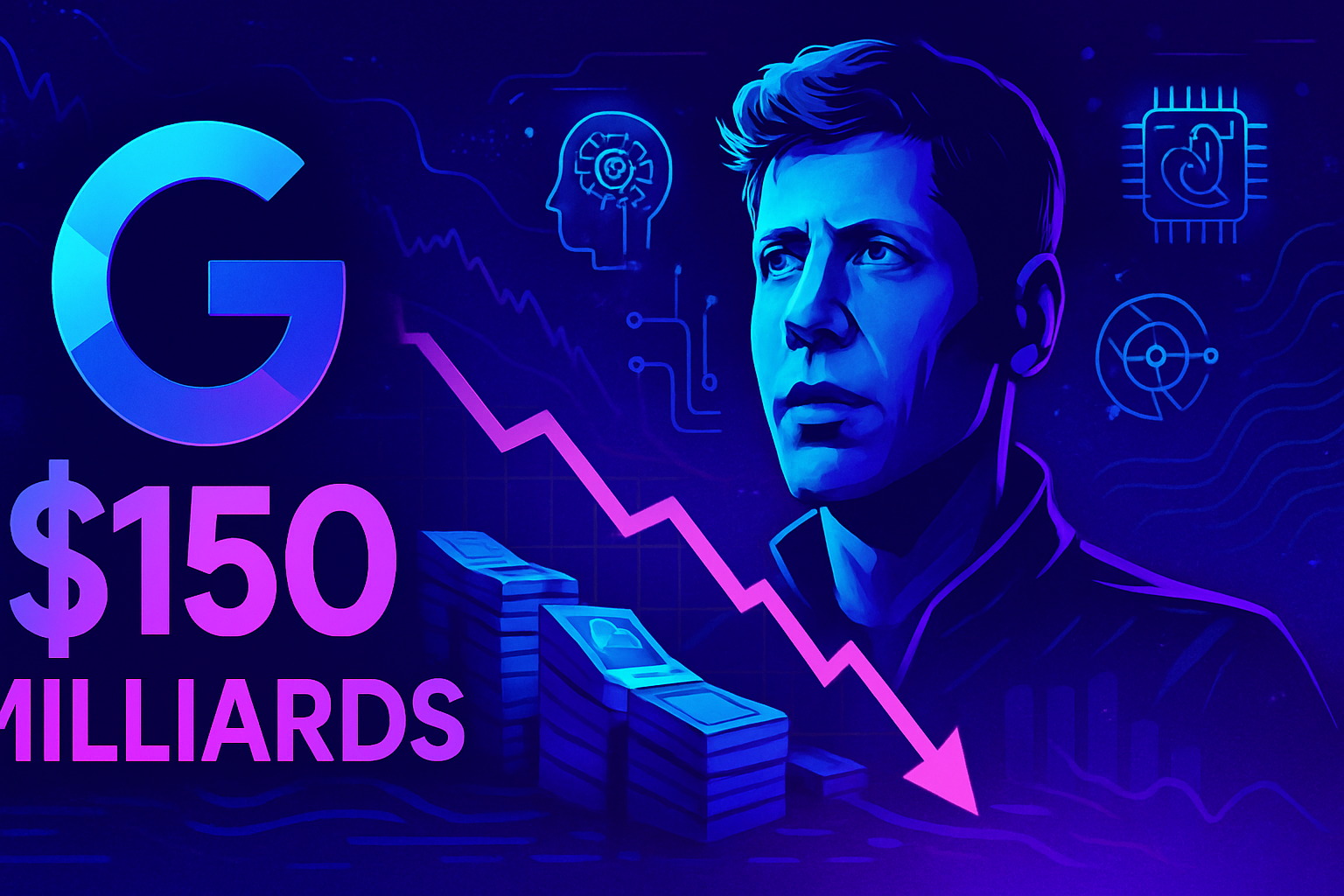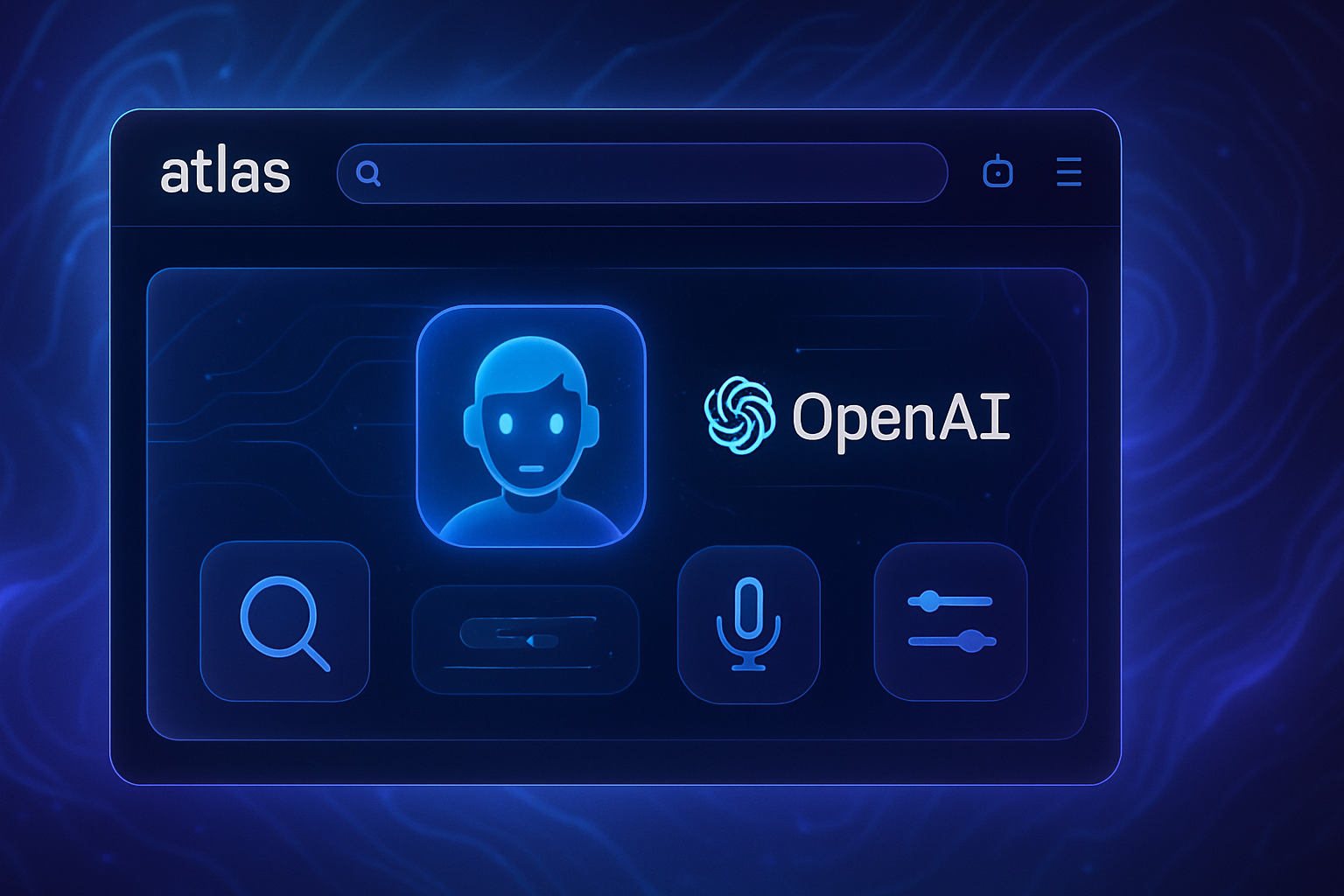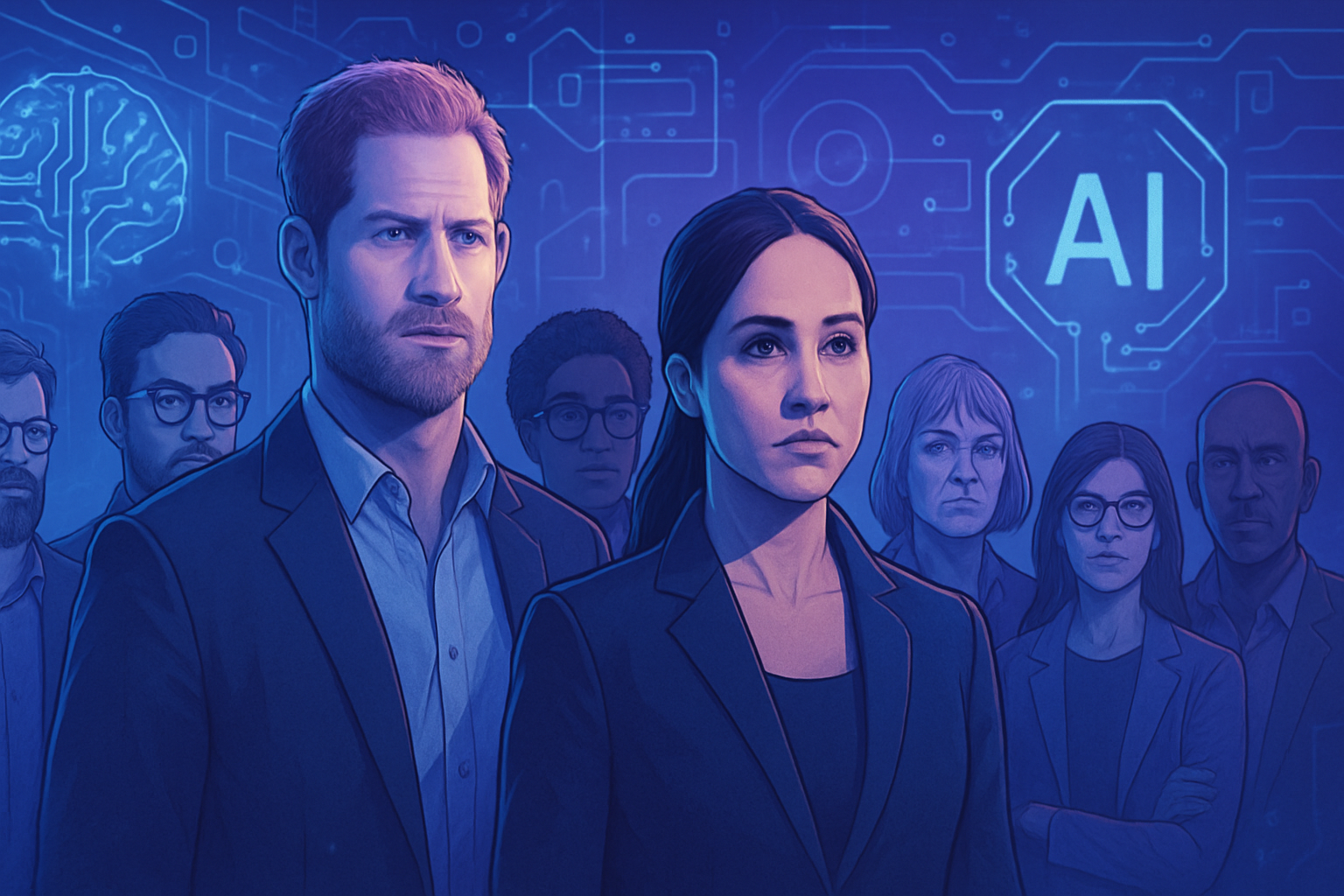The digital revolution demands rapid advances in the field of content creation. A *hybrid AI model* is redefining video production standards, offering unprecedented fluidity and quality. This innovative system creates impressive videos in just seconds, transforming traditional content generation methods.
- CausVid creates videos in a matter of seconds.
- Unmatched fluidity and quality in every sequence.
- Hybrid technology revolutionizing audiovisual creation.
The implications of this technological feat extend to various sectors, from entertainment to education, propelling interaction and engagement to unexplored levels.
Innovation: the CausVid model
A hybrid artificial intelligence model, referred to as CausVid, has been developed by researchers at MIT and Adobe. This revolutionary system enables the creation of smooth, high-quality videos in just a few seconds. By integrating an innovative approach that combines a diffusion-based model and an autoregressive architecture, CausVid transcends the limitations of traditional video generators.
How the model works
Unlike previous methods that produce videos frame by frame, CausVid processes the entire video sequence simultaneously. The researchers designed a system where one pre-trained model teaches another simpler model to predict the following frames. This structured and rapid learning results in clips of exceptional quality.
Diverse applications
CausVid paves the way for multiple uses in various fields, such as video editing, where it facilitates real-time translation by synchronizing videos with audio translations. It can also play a pivotal role in creating new content for video games, generating training simulations for robots at an unparalleled speed.
Impressive performance
Tests conducted on CausVid revealed its capacity to produce high-resolution videos of ten seconds, significantly outperforming competitor models such as OpenSORA and MovieGen. The results showed a performance increase of up to 100 times faster. This efficiency carries the potential for application in projects requiring long-duration videos.
Quality and consistency
A crucial aspect of the model is its ability to maintain a consistent quality throughout the video. While previous technologies suffered from quality degradation over long sequences, CausVid manages to maintain stable and smooth visuals. Through the analogy of teaching, this model can thus avoid rendering errors often observed in traditional systems.
User evaluation and feedback
Feedback on CausVid has been very positive, particularly during tests with over 900 queries using a video generation dataset. Users preferred the quality of the videos generated by CausVid’s student model, noting a commendable balance between production speed and visual quality.
Environmental impact
Another significant advance of this hybrid system lies in its ability to reduce the carbon footprint associated with video content generation. The execution speed of CausVid optimizes energy efficiency, making video creation more sustainable in the long run. Experts agree that such an efficient approach could even revolutionize the audiovisual creation sector.
Future perspectives
The prospects for CausVid’s evolution appear promising, particularly with the possibility of optimizing visuals at even higher speeds. By training the model on domain-specific datasets, it is likely that superior quality will be achieved for targeted applications such as robotics or gaming.
This advancement should be closely monitored, as it represents a potential turning point in AI-assisted creation, offering more interactive and accessible content. CausVid, by skillfully combining diffusion and autoregressive architecture, redefines the standards of modern AI video generation.
Frequently asked questions
How does a hybrid AI model for video creation work?
A hybrid AI model combines a pre-trained diffusion system with an autoregressive architecture. This allows for faster video generation while ensuring high quality and consistency.
What is the speed of this model compared to traditional video creation methods?
The model can generate videos in a matter of seconds, making the process up to 100 times faster than traditional video generation methods.
Can high-definition videos be generated with this model?
Yes, the model is capable of producing high-resolution videos, offering stable and high-quality clips in lengths of up to 30 seconds or more.
Is it possible to interact with the model in real-time to modify the generated content?
Yes, users can provide additional instructions at any time, allowing for quick modification and enrichment of the generated video content.
What types of content can be created with this hybrid AI model?
The model can create a variety of content, ranging from imaginative artistic scenes to explanatory videos or even training simulations for robots.
How does this model contribute to reducing the carbon footprint in digital content creation?
By making video generation much more efficient, this model reduces the energy consumption needed to produce video content, thus contributing to a lower carbon footprint.
What is the difference between this model and previous video generation models?
Unlike older models that suffered from inconsistencies between generated frames, the hybrid model uses a mixed approach that maintains better quality and consistency throughout the video.
Can this model be used in specific applications, such as gaming or audiovisual translation?
Yes, it can be adapted for different applications, particularly in video games, where it can dynamically generate content, and for translation, by synchronizing videos with audio translations.






